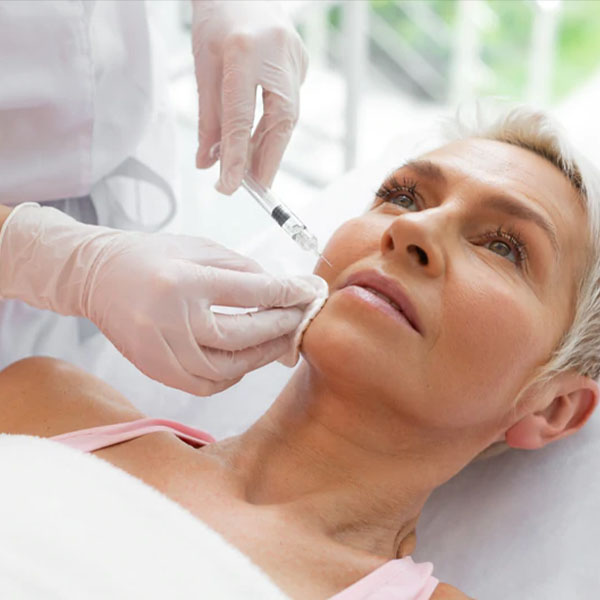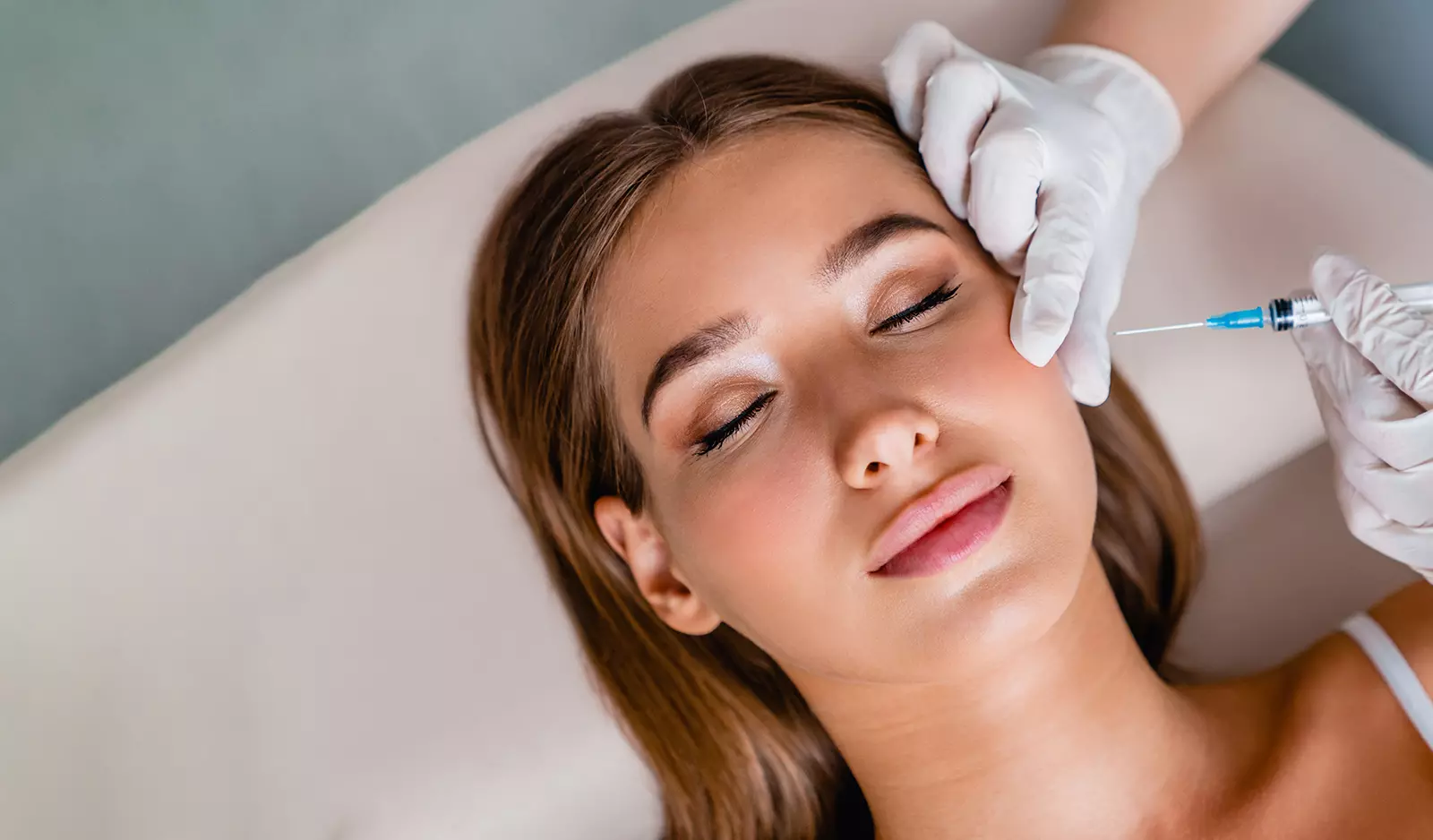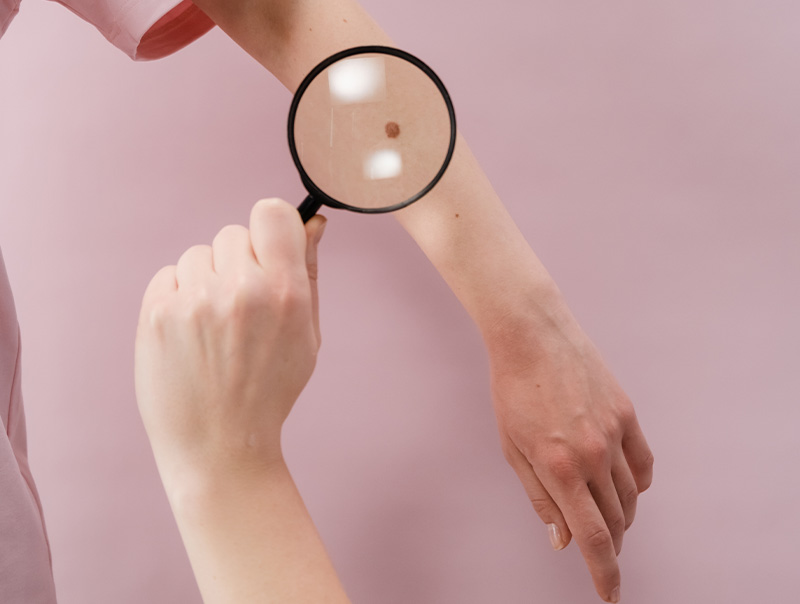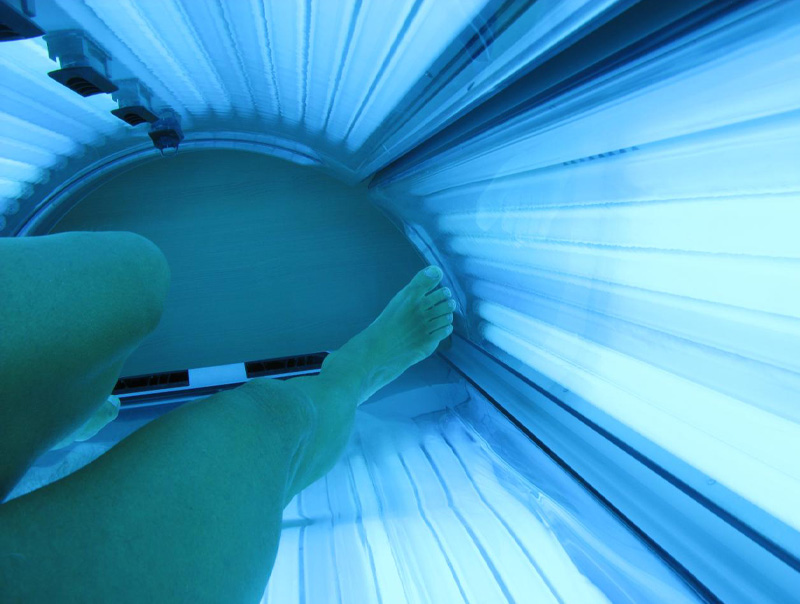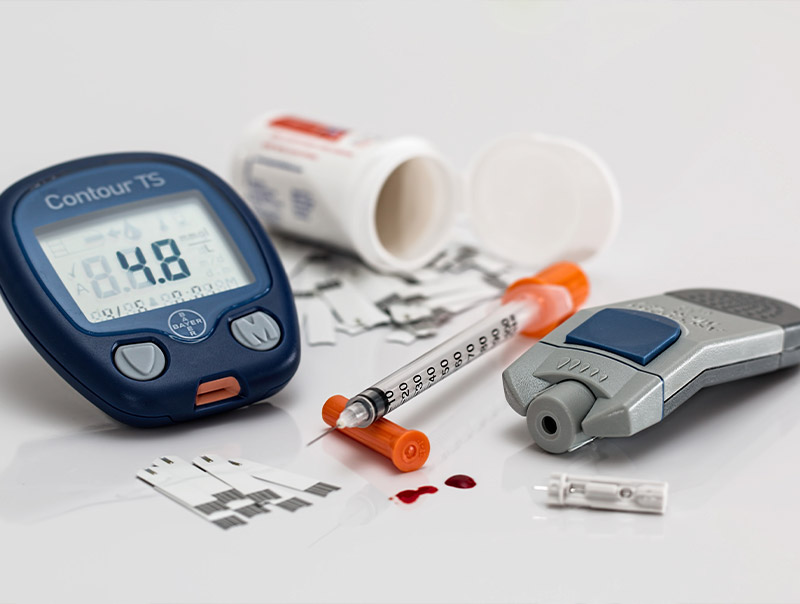The American Board of Cosmetic Surgery defines a dermal filler treatment as a gel-like substance injected under the skin. Injectable dermal fillers let you restore volume to your face and reduce the signs of aging. It is a way to get rejuvenation without undergoing invasive procedures like a facelift or other forms of plastic surgery.
As a person ages, their face loses some of the subcutaneous fat that gives it volume. In addition, the body makes less collagen, which provides skin structure. The result is skin that stretches and sags. Derma facial fillers repair some of the effects and gives the face a fuller appearance.
Dermal fillers smooth lines, replace lost volume, and plump the skin. The question isn’t whether injectable dermal fillers are effective, but how long do they last? How often do you need to replace the filler to maintain that volume in your face?
How Often Do I Need Dermal Filler Injections?
There is no clear answer to this question because different products offer different results. Eventually, the body will metabolize the gel, but it does so at different rates based on a number of factors. The most commonly used brands of injectable dermal fillers rely on hyaluronic acid, a natural lubricant.
Other considerations can affect the longevity of a dermal filler, too. For example, the injection location can have an impact. How much filler is used with each injection matters, as well. Since the body metabolizes the gel, metabolic rate can matter, too. Again, it will differ for each person.
In general, the effects can last from three months to two years. The key to maintaining the look is to get regular injections, though.
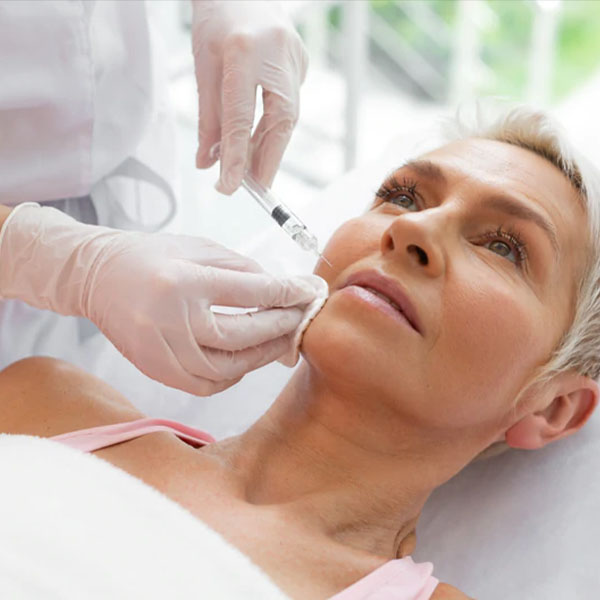
How Long Do Juvederm Brand Fillers Last?
Juvederm fillers are some of the most popular on the market today. They offer a variety of brands, and each one has a different effect.
The six brand names from Juvederm include:
- Vollure XC
- Voluma XC
- Volbella XC
- XC
- Ultra XC
- Ultra Plus
The provider will decide which is best for you based on where you want the injection and other factors. For example, Vollure XC and XC work best to soften and smooth out lines around the mouth – laugh lines. They can also fill out deep wrinkles around the nose.
Voluma XC is designed to add fullness to the cheeks and Volbella to reduce the appearance of vertical lines. These injectable treatments also fill out the lips while giving you natural results. The Ultra XC brand is a practical all-over injectable. Since they each have a different formula, the lasting times vary. Common longevity times for each include:
- Juvederm Voluma – 24 months with a touch-up in 12
- Juvederm Ultra and Ultra Plus – 12 months with a touch-up in 6 to 9 months
- Juvederm Vollure – Around 12 to 18 months
- Juvederm Volbella – About 12 months
How your body responds to the filler may be different, though.
How Long Do Lip Fillers Last?
Like all dermal fillers, injections into the lips offer a temporary effect. Lip plumping and defining injections with hyaluronic acid is the most common choice. Hyaluronic acid is a bacteria-derived gel-like substance. Attaching itself to water molecules in the skin gives the appearance of thick lips.
Juvederm’s Vollure is a popular choice for lip injections. It offers some of the longest results and tends to have fewer side effects like swelling. Often providers will combine direct lip injections with fillers to reduce wrinkles around the mouth for a more comprehensive effect. Juvederm products can last as long as six months when used as a lip filler. You would be able to get a repeat injection at six months to help maintain the look.
How Long Do Under Eye Filler Last?
There is a variety of under-eye fillers available with different formulas. Some of the options include:
- Hyaluronic acid fillers
- Calcium hydroxylapatite
- Poly-L-lactic acid such as Sculptra
You can also get a surgical fat transfer, which lasts longer than injectable fillers. In general, injectable fillers with hyaluronic acid will last from 9 to 12 months when applied under the eyes. The other formulas may last a little longer. For example, calcium hydroxylapatite can last up to 18 months and Poly-L-lactic acid up to two years.
How Long Does Chin Filler Last?
Getting an injectable dermal chin filler can help change the contour of your face for a more balanced look. Chin filler can also help make the jawline look stronger and the face more youthful. There are various types of fillers, and they all behave differently. The duration of chin fillers is affected by the type of filler used, the treatment area, and an individual’s body chemistry. Denser products injected more deeply generally last longer.
One of the most common approaches is hyaluronic acid filler like Juvederm. They can last from 6 to 12 months, depending on your metabolism. Calcium hydroxylapatite fillers are also available; they will last around 12 months.
How Long Do Jaw Fillers Last?
A jawline filler can create a more defined separation between the face and the neck. It can also make the jawline more symmetrical. As with most dermal fillers, the longevity can depend on the type of filler used. The most common ingredient is hyaluronic acid filler like Juvederm or Restylane. These will last six to 12 months, depending on your metabolism.
The calcium hydroxylapatite filler also has a shelf life of up to 12 months. There are also fillers with polymethylmethacrylate (PMMA) for the jaw. They tend to last up to five years.
How Long Do Cheek Fillers Last?
Cheek fillers give your cheekbones a lift. People of all ages use them. As with the other filler types, the most common for cheeks is a hyaluronic acid filler like Juvederm. They can last from six months to two years, depending on other factors such as metabolism.
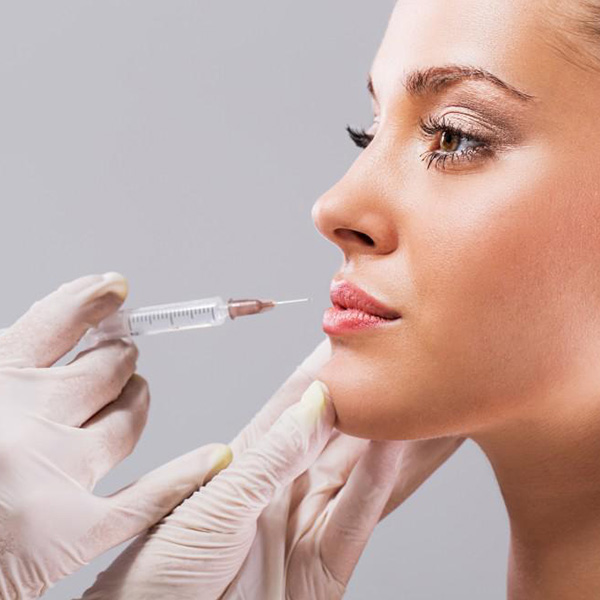
Where Do Dermal Fillers Last the Longest?
It is difficult to say what part of your face a dermal filler will last the longest because there are too many variables. The areas of the face that are most active, like around the mouth and eyes, will likely break down the fastest. On average, most will last from six months to a year. You might get more mileage out of cheek fillers, though. They can last up to two years.
A quality care provider will tell you when you should consider getting a follow-up injection to keep the look fresh. That will affect the overall lifespan of the dermal filler.
What Happens When a Dermal Filler Wears Off?
In most cases, when the filler wears off, the face will return to its normal appearance. That means if you got the filler to eliminate wrinkles, they would reappear; the areas that experience volume loss will lose that volume again.
Some people who consider getting dermal filler injections worry about getting new wrinkles if the fillers wear off. That is not a concern. When the filler wears off, the face returns to its pre-filler appearance.
Do Fillers Ever Go Away Completely?
Fillers do go away completely. They are designed to be temporary. Since they are a gel, the body will metabolize them and absorb the material. There is no evidence that any of the filler remains.
How Long Does Filler Last the First Time?
The first filler may last a shorter time frame than the next injection. This is because the first injection builds the base, so most providers take a gradual approach to application. Typically, you would get the first one and then go back in a few months for a follow-up injection.
Venice Avenue Dermatology has been providing quality dermatology services to Sarasota and Charlotte counties in Florida since 1997. Our board-certified care providers stay current on the most innovative cosmetic dermatology treatment options available to our patients.
We provide routine skin examinations and diagnosis and treatment of skin conditions. We offer medical and surgical dermatology services in addition to cosmetic procedures like an FDA-approved injectable dermal filler or Botox injections. So contact us today and let us create a treatment plan tailored to your specific skin care requirements.

